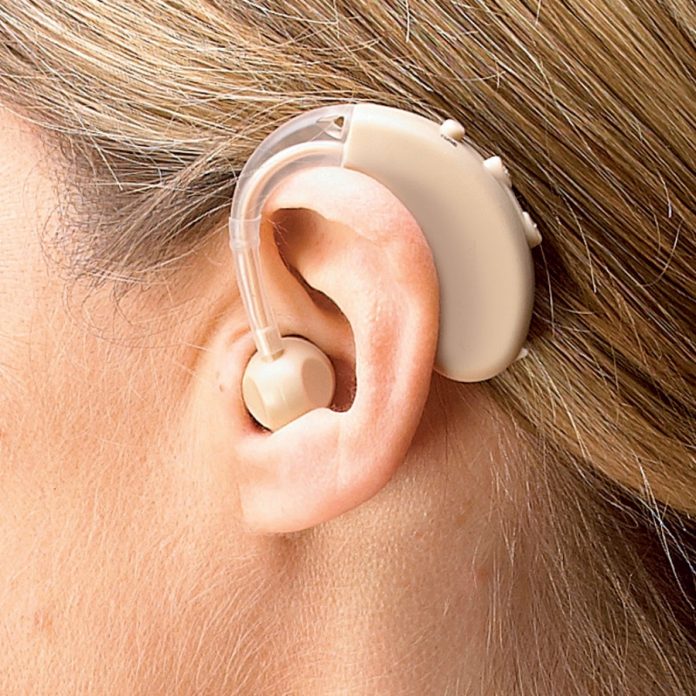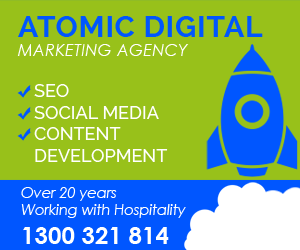Do you have trouble hearing? Maybe you suffer from Tinnitus? Thinking you might need a hearing aid in the future? We emailed Greg Lawrence of HEARnet about the HEARing Cooperative Research Centre which is leading the way in terms of research into issues surrounding hearing loss and prevention as well as developing new hearing aids and educating research professionals.
Can you explain to us more fully the role of the Hearing CRC and what a CRC is?
A Cooperative Research Centre (CRC) is an organisation set up by the CRC Program – an Australian Government Initiative administered by the Department of Industry, Innovation, Climate Change, Science, Research and Tertiary Education. CRCs, through the CRC Program’s collaborative grant funding model, undertake end-user driven research collaboration to address major challenges currently facing Australia.
Through CRC Program funding, the HEARing CRC conducts multidisciplinary collaborative research with its five Core and 21 Support Members to address the twin challenges of more effective prevention and improved remediation of hearing loss in Australia.
Though its research efforts, the HEARing CRC is reducing the impact of hearing loss by:
• maximising lifelong hearing retention;
• reducing loss of productivity due to hearing loss;
• increasing uptake and use of hearing technology; and
• providing postgraduate education and professional training.
The HEARing CRC runs the HEARnet and HEARnet Learning websites to communicate the importance and impact of hearing innovation and hearing science to the public and health professionals along with more general information hearing health and hearing loss prevention information.
What are the positive impacts of the CRC group you’re working in and what benefits does it provide to the industry?
The HEARing CRC and its predecessors (the CRC for Cochlear Implant and Hearing Aid Innovation and the CRC for Implant, Speech and Hearing Research), have made significant contributions to hearing technologies over the last 20 years that have helped Australia become a world leader in hearing science and hearing innovation. These include:
• creating two generations of hearing aid fitting software, NAL-NL1 and NAL-NL2 that optimally adjust hearing aid settings to meet the needs of the wearer, which have become international standards for audiologists;
• working with Cochlear Ltd to improve the listening experience for people with cochlear implants by creating enhanced electrode designs (for insertion into the cochlear the organ that senses sound);
• development of a world-first device called HEARLab that accurately and non-invasively measures the hearing ability of babies and adults without the need for verbal or behavioural interaction;
• creating advanced signal processing software that improves speech perception and sound quality in cochlear implants and hearing aids; and
• the development of a self-fitting hearing aid that allows wearers to train them for specific environments without professional assistance or access to equipment – technology needed in developing countries where there is a shortage of hearing health professionals.
What advantages does HEARnet provide in terms of educational training for industry professionals?
The HEARnet website provides hearing health professionals with information about training, careers, education, employment opportunities and links to other online resources and useful websites.
 We also have the HEARnet Learning website specifically created for health professionals. It’s an online training portal that provides the resources for health professionals to undertake accredited training at the time of their choosing to learn about new hearing technologies and research – information that can change their workplace for the better. A particular focus of HEARnet Learning is to develop a suite of modules for health professionals located in remote and rural Australia. These modules will target common hearing conditions experienced in these regions and promote the use of new tele-health technologies.
We also have the HEARnet Learning website specifically created for health professionals. It’s an online training portal that provides the resources for health professionals to undertake accredited training at the time of their choosing to learn about new hearing technologies and research – information that can change their workplace for the better. A particular focus of HEARnet Learning is to develop a suite of modules for health professionals located in remote and rural Australia. These modules will target common hearing conditions experienced in these regions and promote the use of new tele-health technologies.
Can you tell us about some of the more important breakthroughs you’ve had with HEARnet?
One of the first challenges was working out what should go up on the website and how best to say it. Thanks to a lot of consideration and effort from our Member organisations – particularly from the National Acoustic Laboratories and the University of Melbourne – we developed content that covered a variety of areas within hearing health.
Based on the feedback we have received so far, HEARnet has been well received by Australia’s hearing impaired community; good examples of this is its high profile on the 2013 Hearing Awareness Week website and the Deafness Forum website.
Since its launch in February 2013, the amount of people using HEARnet Learning has steadily grown to just over 420 users by early June.
Can HEARnet advise people who are suffering from hearing loss where they can go to for further advice or treatment?
HEARnet informs people about hearing loss so they can understand why and how it happens along with helping them known what options are available to manage it – be it technology, medical treatment or therapy.
It’s really up to the individual to decide what they do with the information they find on HEARnet. Our role is to make sure it’s easy to understand, and remains accurate and up to date with the latest developments in the rapidly evolving world of hearing health. However, we do recommend seeking professional advice when deciding to act on your hearing loss.
What do you think is in store for the future of HEARnet?
We hope HEARnet will continue to inform Australians on how research is creating a better understanding of hearing and hearing loss, and is developing new and technologies and treatments for the effective management and prevention of hearing loss.
We want it to become a ongoing element of the HEARing CRC’s communication and research translation, playing a central role in creating a better understanding hearing loss, hearing loss prevention and innovation in Australia. More importantly, we want HEARnet to become the way that the Australian hearing science sector can achieve a greater impact by getting people to better understand the significance of its research findings and put this information to good use. Be that a person with an interest in hearing loss, a health professional who works with patients with hearing loss or a public servant looking for a good evidence base to formulate public policy on hearing loss. We are also planning to use HEARnet for a campaign on the hearing loss risks of leisure noise targeted at young people and musicians.
Based on the interest created so far, there is also enormous potential to expand the HEARnet Learning concept into a key online training resource that caters for an array of health professionals and education providers working in and around the hearing field.
For more hearing loss information go to www.hearnet.org.au
Most Searched Terms: Hearing Impairment Hearing Aids Hearing Devices Hearing Loss Sydney Melbourne Australia, Hearing aids, hearing devices, cochlear implants, bondi chai, chai latte, chai, social media management, digital marketing sydney, SEO sydney, corporate SEO, Atomic Digital Marketing, social media training.
Follow us on Twitter via http://twitter.com/sydneycafes
To get SEO and social media / twitter accounts happening for your hospitality business, contact Claire Felices, co-director of SEOtherapy check out their website: SEO Sydney



